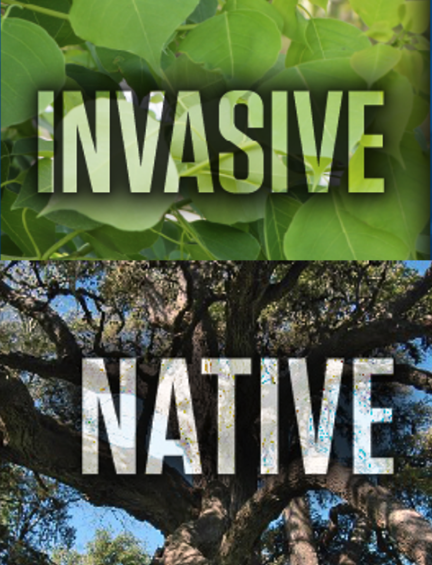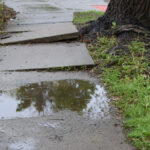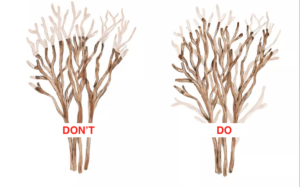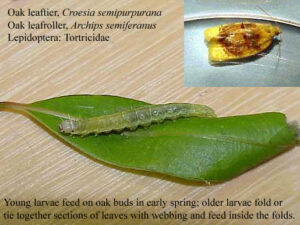Native vs. Invasive Plants: Choosing the Right Plants
When it comes to gardening and landscaping, the plants you choose can have a significant impact on the environment. Two categories of plants that gardeners often consider are native vs. invasive species. In article, we’ll explore the differences between native and invasive plants, their benefits, and why planting native species is a better choice for your garden.
Native Plants
Native plants are the ones that naturally occur in a specific region and have evolved alongside local wildlife and ecosystems for thousands of years. Since they are well-adapted to the local climate, soil, and wildlife, native plants require less maintenance and water once established. They support local pollinators, birds, and insects, making them vital for biodiversity. Native plants are also more resistant to pests and diseases, reducing the need for harmful pesticides.
Benefits of Planting Native Plants:
- Biodiversity: Native plants attract and support a wide range of native wildlife, including butterflies, bees, birds, and other beneficial insects.
- Water Conservation: Once established, native plants need less water, helping conserve precious water resources.
- Low Maintenance: Native plants are well-suited to the local environment, requiring minimal care once they are established.
- Erosion Control: Native plant root systems help prevent soil erosion, especially on slopes and riverbanks.
- Pest Resistance: Native plants have built-in defenses against local pests and diseases, reducing the need for chemical pesticides.
Invasive Plants
Invasive plants, on the other hand, are non-native species that spread aggressively and harm the local ecosystem. These plants have been introduced to a new environment, either accidentally or intentionally, and lack natural predators or competitors to keep their growth in check. Invasive plants outcompete native species for resources, leading to a decline in biodiversity and disrupting the balance of local ecosystems. They can also damage buildings, roads, and other structures.
Problems with Planting Invasive Plants:
- Biodiversity Loss: Invasive plants can outcompete native species, leading to a decrease in biodiversity and the loss of habitat for wildlife.
- Increased Maintenance: Invasive plants can quickly take over an area, requiring more effort and resources to control their spread.
- Soil Erosion: Some invasive plants have shallow root systems, making them ineffective in preventing soil erosion.
- Pest Attraction: Invasive plants can attract more pests and diseases, leading to potential issues for other plants and the environment.
Why Choose Native Plants:
Planting native species is a sustainable and eco-friendly choice for your garden. By selecting plants that naturally belong in your area, you help support local ecosystems, protect wildlife, and preserve biodiversity. Native plants are well-adapted to your climate and require less water and maintenance, saving you time and effort. Plus, their beauty and uniqueness add a special touch to your landscape.
In summary, choosing native plants for your garden is a wise and environmentally responsible decision. Native species provide numerous benefits, including supporting biodiversity, conserving water, requiring less maintenance, and resisting pests and diseases. Avoiding invasive plants is essential to protect local ecosystems and preserve the health of your garden. By planting native, you contribute to a more sustainable and vibrant environment, ensuring a thriving and beautiful garden for years to come.




